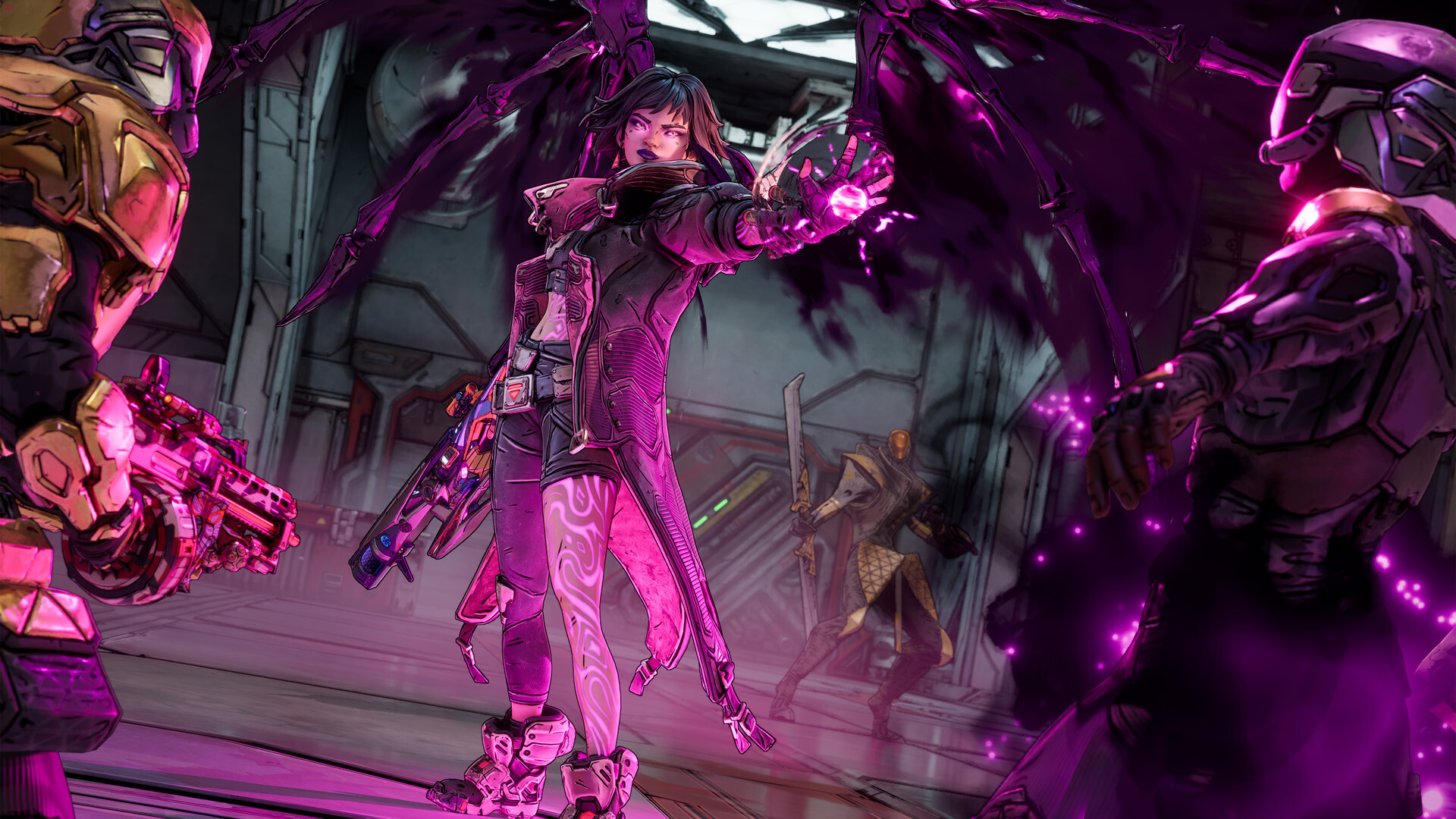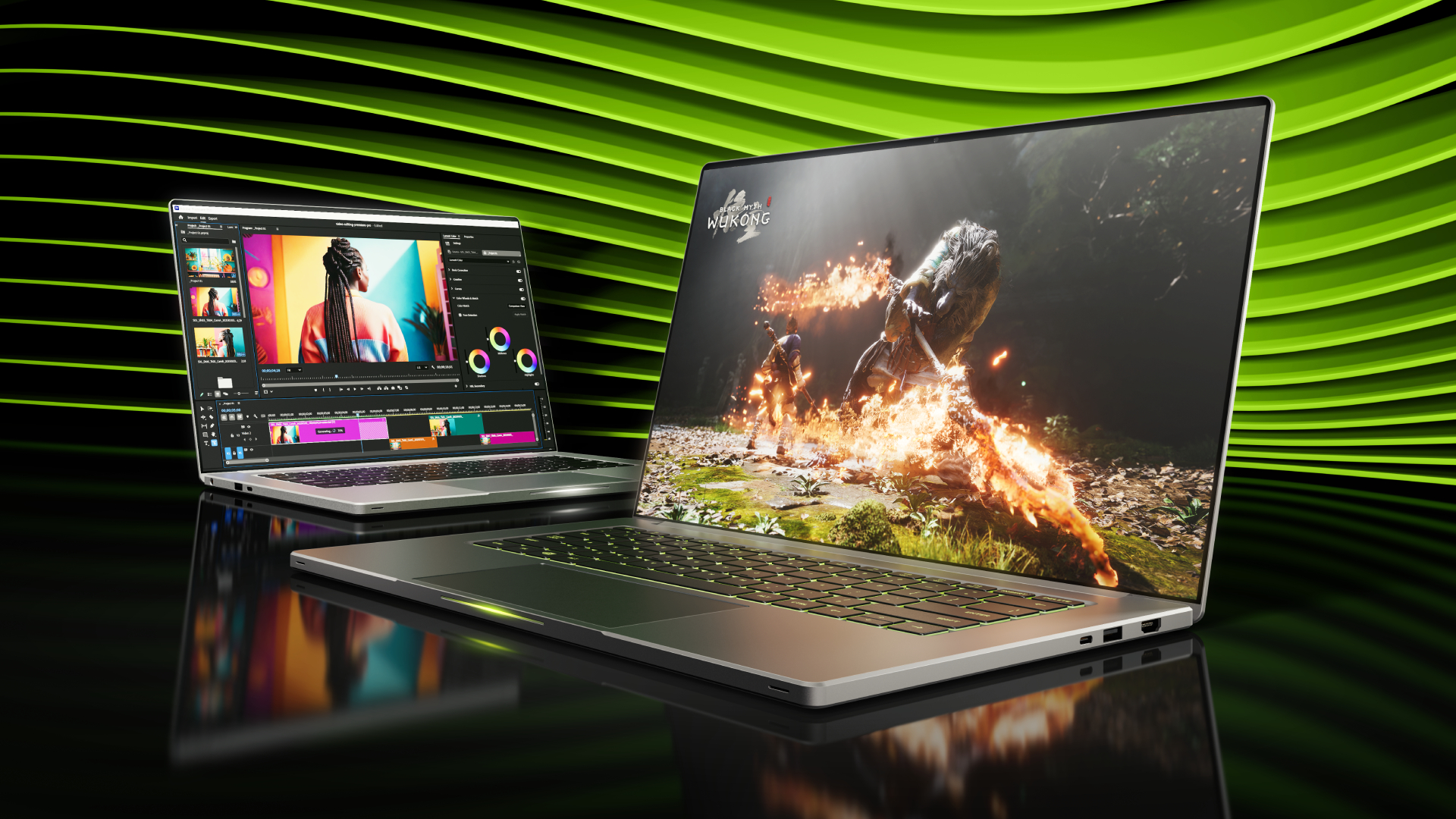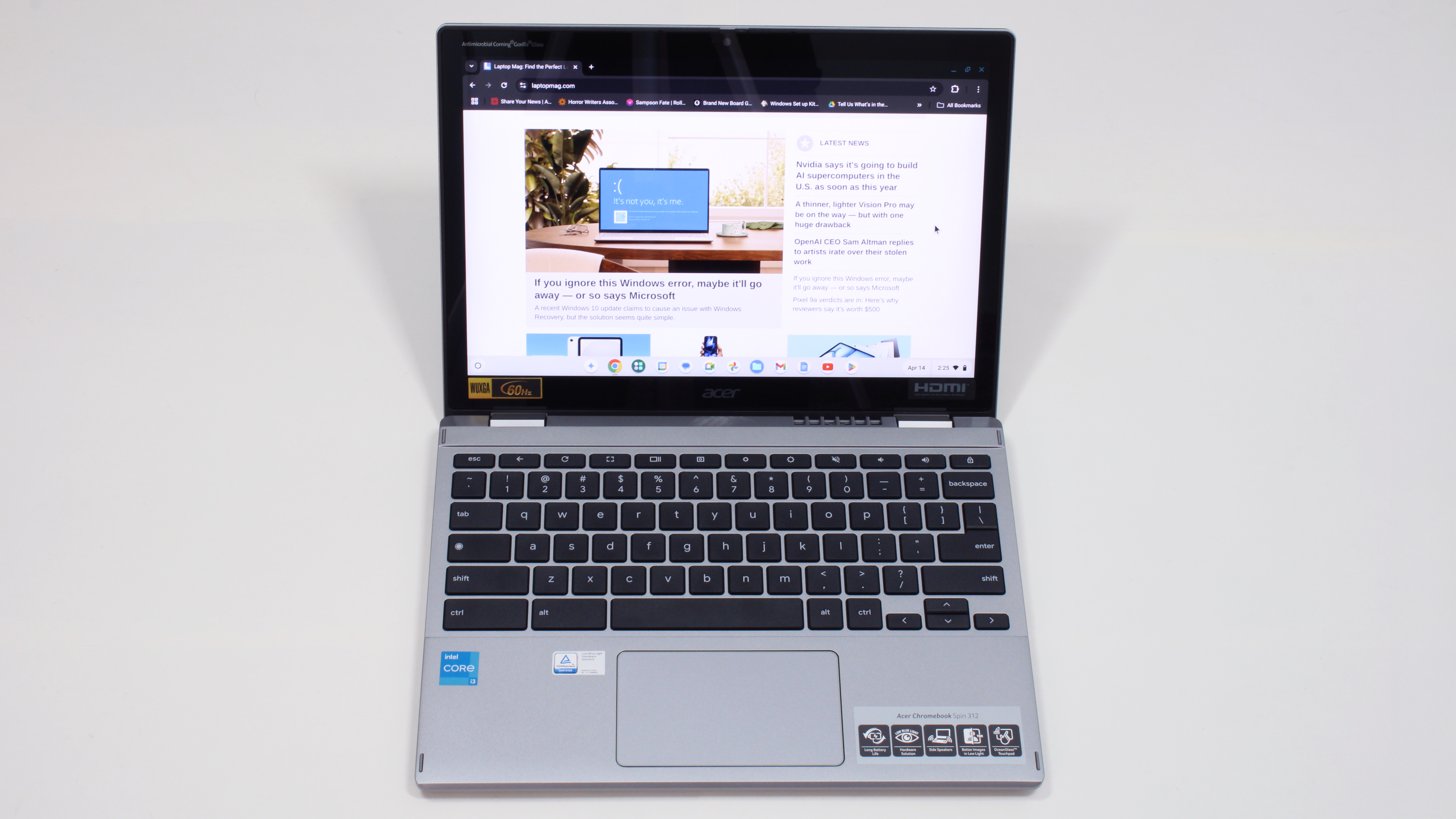Gearbox CEO Randy Pitchford's $80 "real fan" price tag overlooks one long-term cost
Games cost more. Fine. But don’t tell players that struggling to afford them is fandom.

Randy Pitchford doesn’t mince his words. When asked on social media about the rumored $80 price tag for Borderlands 4, the founder of software firm Gearbox replied, “If you’re a real fan, you’ll find a way to make it happen.”
He even compared it to buying an $80 Sega Genesis cartridge in 1991 while working minimum wage.
The backlash was immediate and loud.
Pitchford’s “real fan” remark felt like a guilt trip disguised as nostalgia.
Gamers, developers, journalists — all pointed to the same problem: It’s not just about the number, it’s about the mindset. Pitchford’s “real fan” remark felt like a guilt trip disguised as nostalgia.
In a year where AAA games launch half-finished, GPUs cost more than rent, and “early access” is code for “paid beta,” telling players to “find a way” sounds less like passion and more like pressure. And yet, inconveniently, he’s not entirely wrong. Below is his original comment:
A) Not my call. B) If you’re a real fan, you’ll find a way to make it happen. My local game store had Starflight for Sega Genesis for $80 in 1991 when I was just out of high school working minimum wage at an ice cream parlor in Pismo Beach and I found a way to make it happen.May 14, 2025
He later apologized:
I am sorry there was a misunderstanding. The absolute sincere truth is that I don’t want anyone to pay any more than they should or are comfortable with and I always work with the intent and hope that a customer always feels they got the better end of the deal no matter what they…May 28, 2025
Games cost more to produce, but that’s not on players
There’s no way to hide the fact that blockbuster games are getting absurdly expensive to make. Grand Theft Auto VI has reportedly cost Rockstar over $1 billion in development costs so far, which, if true, would make it the most expensive video game of all time.
Sign up to receive The Snapshot, a free special dispatch from Laptop Mag, in your inbox.
Meanwhile, Star Citizen has raised more than $800 million via crowdfunding, and it’s still technically in alpha after over a decade of development.
The thing is that games aren’t just games anymore: They’re digital mega productions, cinematic in scale, with orchestras, voice talent, facial capture, handcrafted worlds, and real-time lighting engines. They take several years to complete, even as development teams have ballooned into the thousands.
So, it seems inevitable that prices were always going to increase. The $60 standard held for nearly two decades. But if we’re moving to $70 or $80 (and increasingly, we are), then players deserve more than “scope.” They deserve finished products, stable performance, accessible gameplay, and not broken launches or monetization rabbit holes.
What higher prices get you now
Let’s be real about what $70-$80 often buys these days. It’s not a guaranteed polished experience. It’s an access ticket to a staggered content rollout.
Redfall launched at $70 with frame rate caps and AI so bad it became a meme. Suicide Squad: Kill the Justice League also launched at $70, along with lukewarm reviews and a delay in its promised seasonal content. Call of Duty: Modern Warfare III was criticized for feeling like an expansion pack at a full premium price.
And in too many cases, you’re also paying for the privilege of not getting the full game. DLC plans are announced before the base game even hits shelves. Battle passes are layered on top. Day-one patches are expected, not the exception.
The shifting hardware ceiling
Eighty dollars is just the beginning. In some cases, you can’t even play the game well unless you’ve dropped another $500-$1,000 on hardware, as minimum system requirements inch closer to high-end specs.
Recent and upcoming titles like Starfield, Alan Wake II, and Cyberpunk 2077’s Phantom Liberty DLC recommend an RTX 3070 or higher for stable 1080p performance. Some Unreal Engine 5 games, like IO Interactive’s upcoming Project Fantasy, may require an RTX 4070 to play comfortably.
Laptop users are getting boxed out, too.
That’s not “minimum viable hardware” anymore. It’s serious gear. And it’s not just PC gamers feeling the pinch.
Laptop users are getting boxed out, too. New performance leaks from Nvidia show the company is testing 120W APUs designed to match RTX 4070 performance in thin laptops, but those rigs won’t be cheap, and they aren’t here yet. Until then, playing new releases at acceptable frame rates on anything under $1,500 is a roll of the dice.

This is leaving players behind — those who aren’t hardcore hobbyists, the folks who maybe game a few hours a week after work or school, the ones still running a GTX 1660 Ti because that used to be enough.
Charles, one of our readers, tells Laptop Mag this in an email:
“Now, years later, I am reading the minimum specs of the still not finished game [and it needs] a 4060 at least.”
Charles contacted me in response to our recent article on Star Citizen, adding that while he could have gotten into Star Citizen years ago when it was “cheaper to enter,” he’s glad that he didn’t, because it would have cost him thousands more in hardware upkeep just to play without lag. Charles certainly won't be alone in that regard.
Right message, wrong tone, worse timing
If the $80 game becomes the norm — and all signs are pointing that way — publishers need to recognize what that means. Not everyone can keep up. And that’s not on them.
Pitchford might have been trying to be nostalgic. He may even believe that “real fans” support what they love. But he glossed over the economic reality of gaming in 2025: Rising living costs, wage stagnation, and tech that’s evolving faster than consumers can follow.
Fandom isn’t tied to income. People can love a franchise and still not be able to afford the hardware jump, the deluxe edition, the season pass, and the extra cosmetics.
Pitchford’s “real fans” comment implies that anyone not willing to stretch their finances to play Borderlands 4 isn’t a true believer. But what he misses, and what publishers often ignore, is that fandom isn’t tied to income. People can love a franchise and still not be able to afford the hardware jump, the deluxe edition, the season pass, and the extra cosmetics.
Yes, games are more expensive to make. And yes, price increases were probably inevitable.
But if $80 is going to be the new baseline, then that price should come with guarantees, not gambles. That means no broken launches, no missing features, no predatory monetization models. It means optimization that respects mid-range hardware, not just $2,000 rigs.
“Real fans will find a way”? Maybe. But they shouldn’t have to fight for it.
They already bought the game. They shouldn’t also have to buy the patch notes, the DLC roadmap, and a whole new GPU just to enjoy it.
More from Laptop Mag

Luke is a freelance writer and journalist. Although his background is in legal, he has a personal interest in all things tech, especially hardware and microelectronics, and anything regulatory. Aside from Laptop, he contributes to publications including All About Circuits and EE Power.
